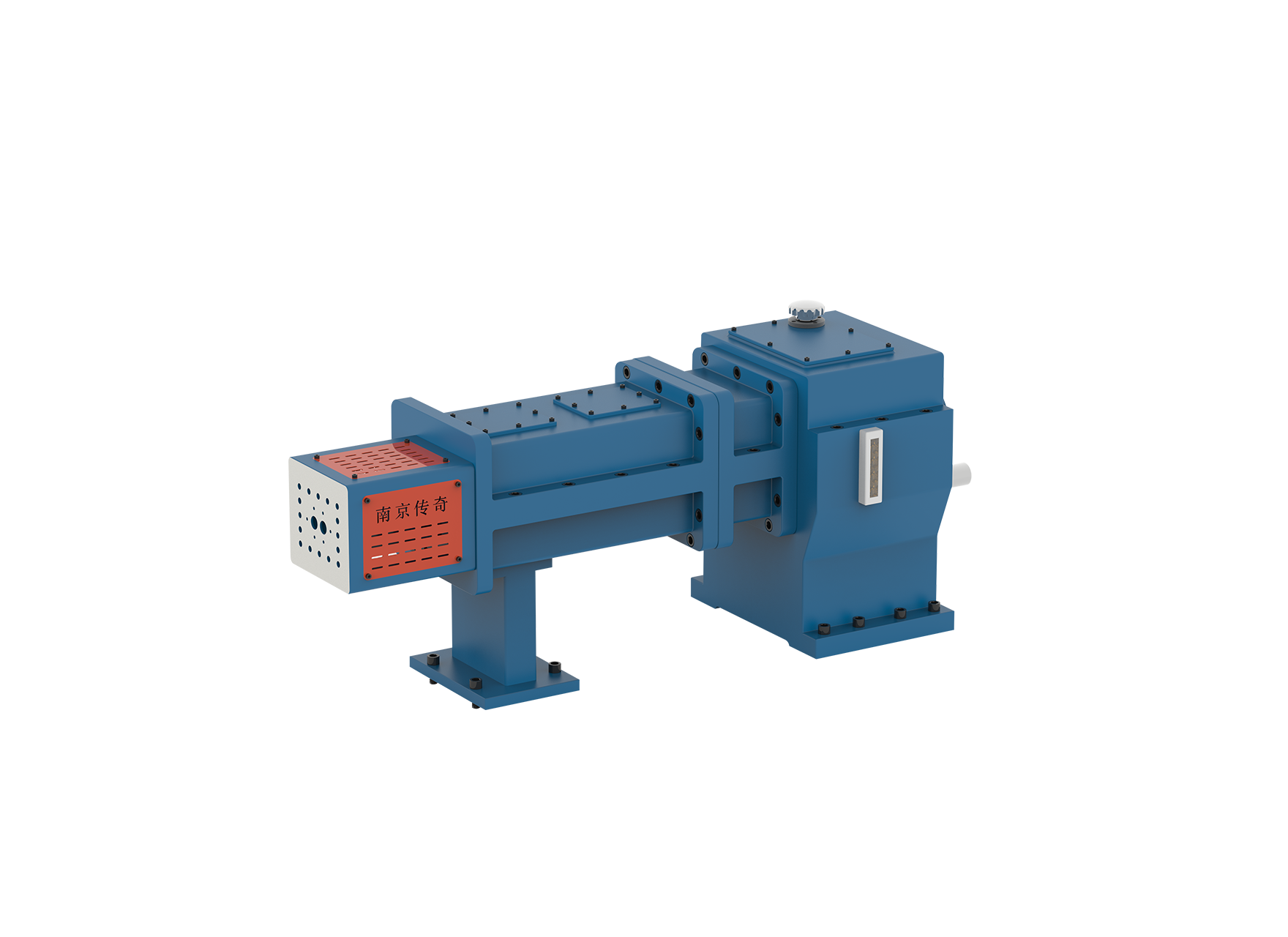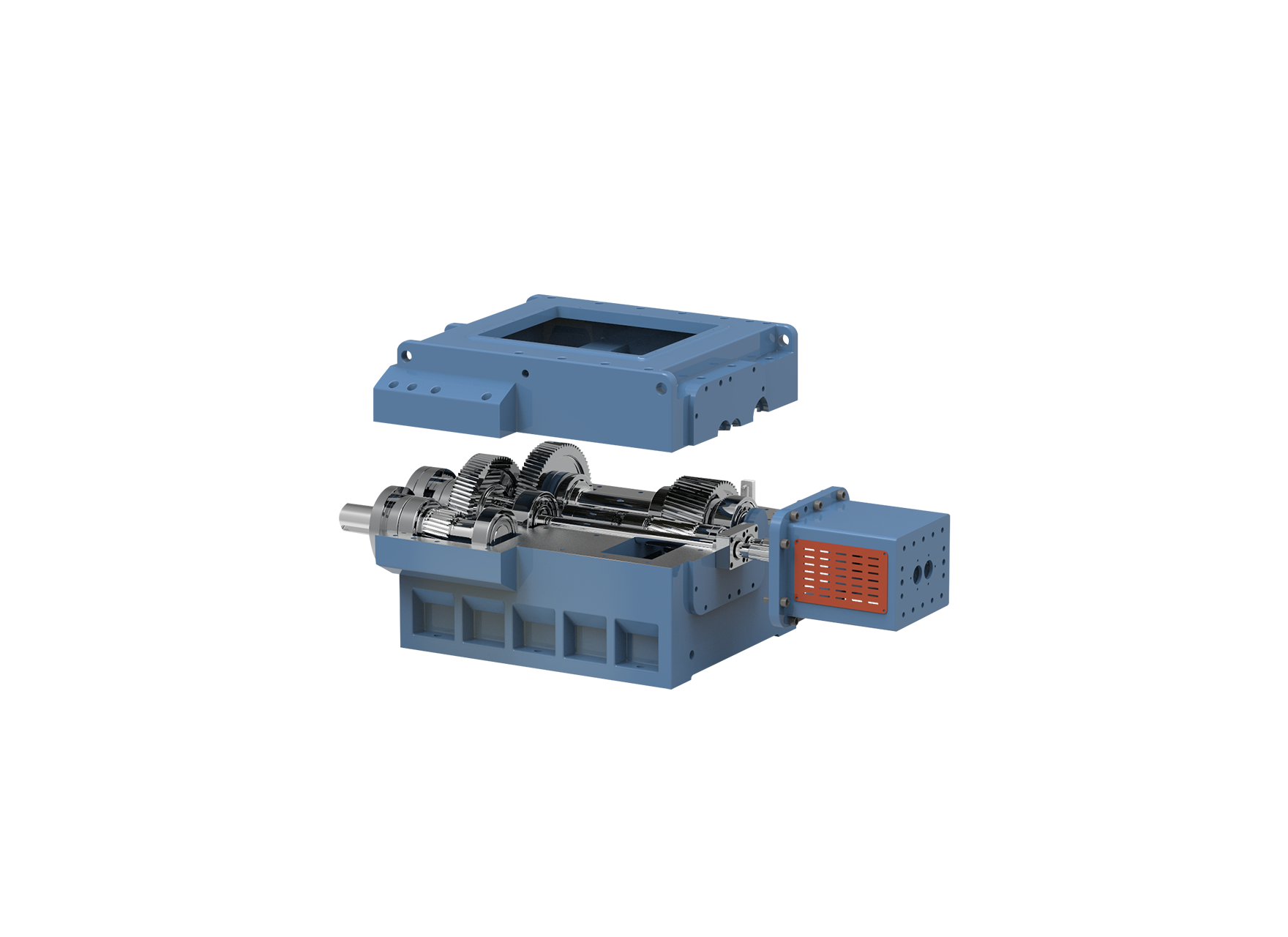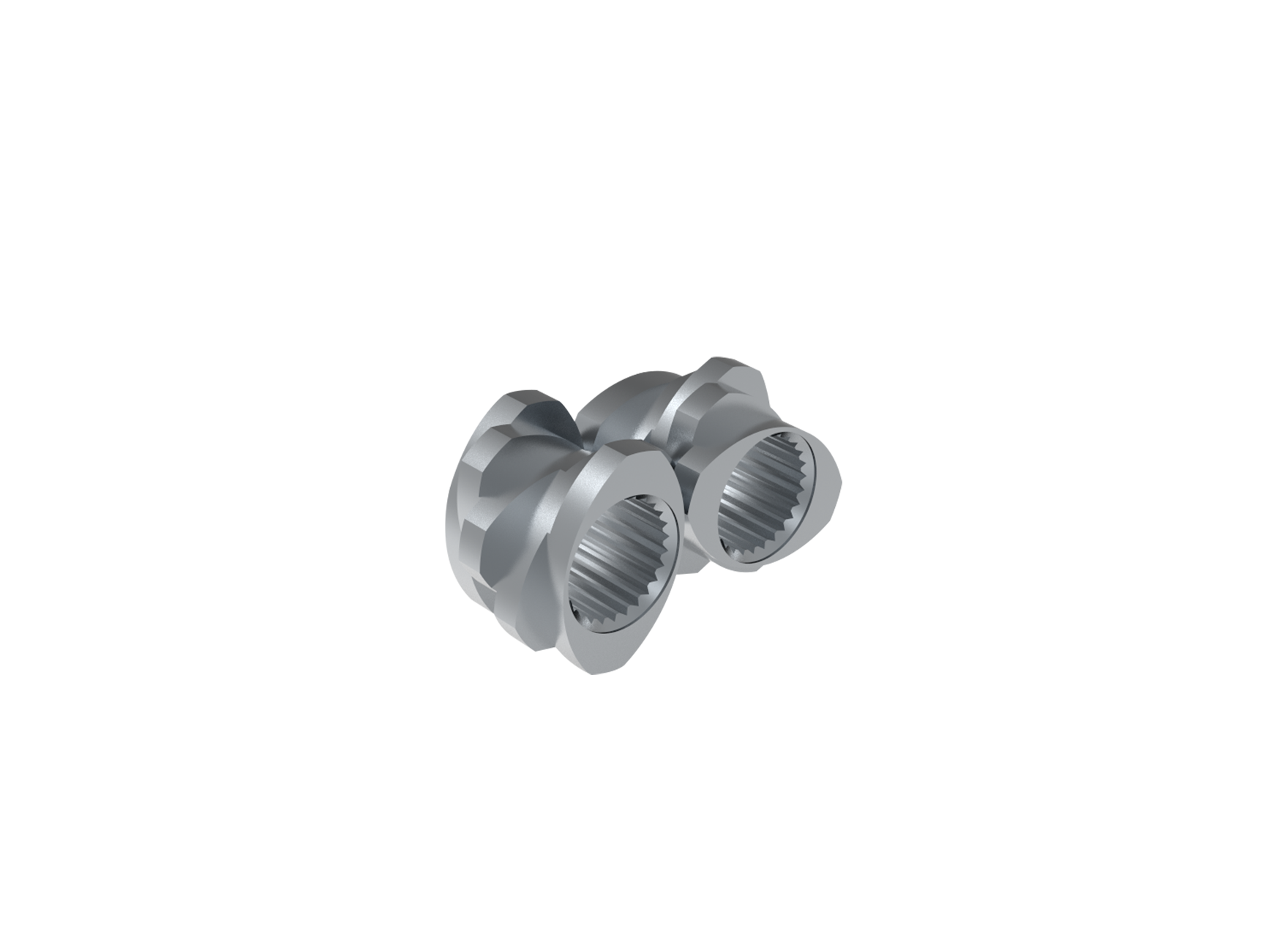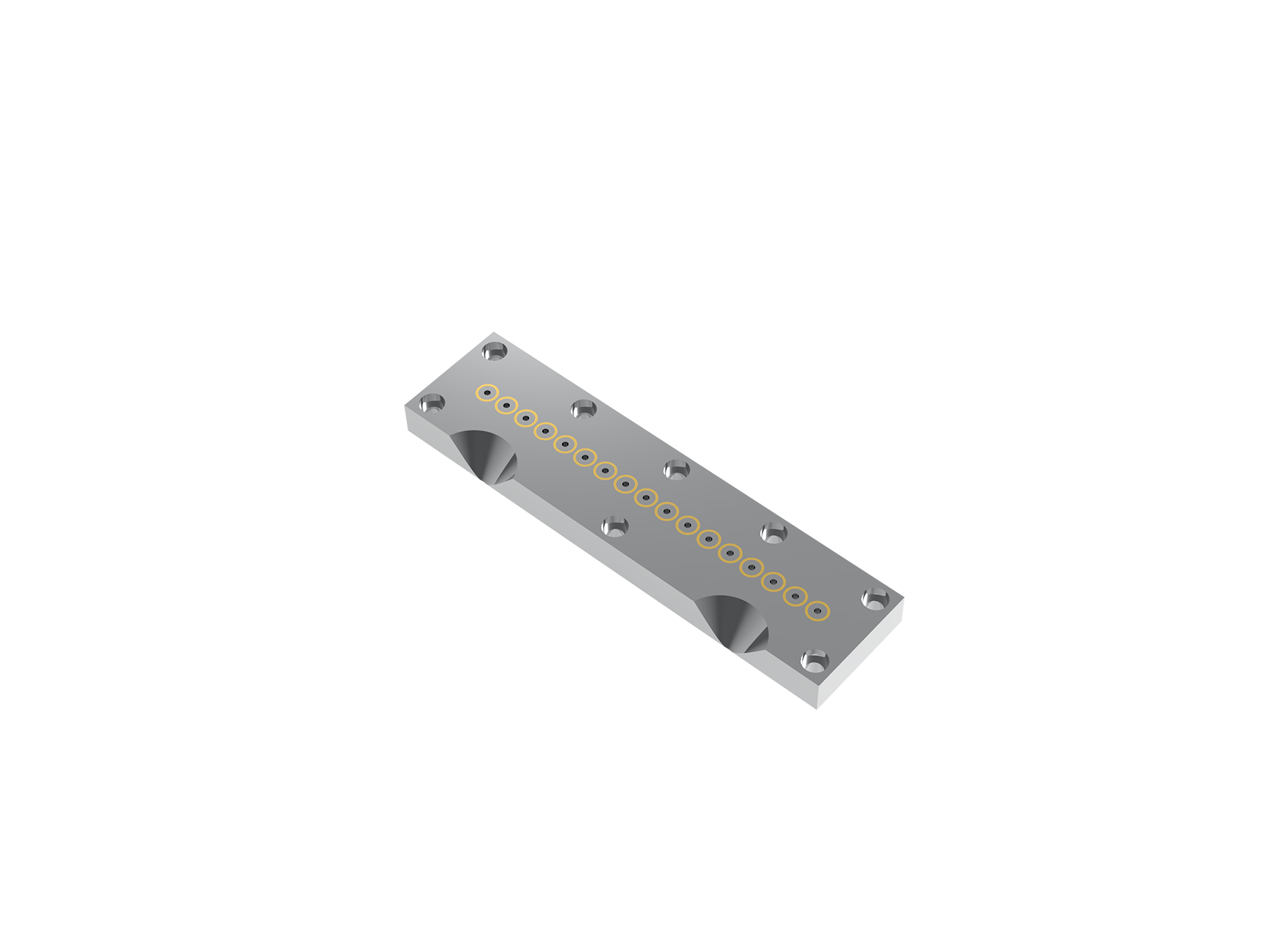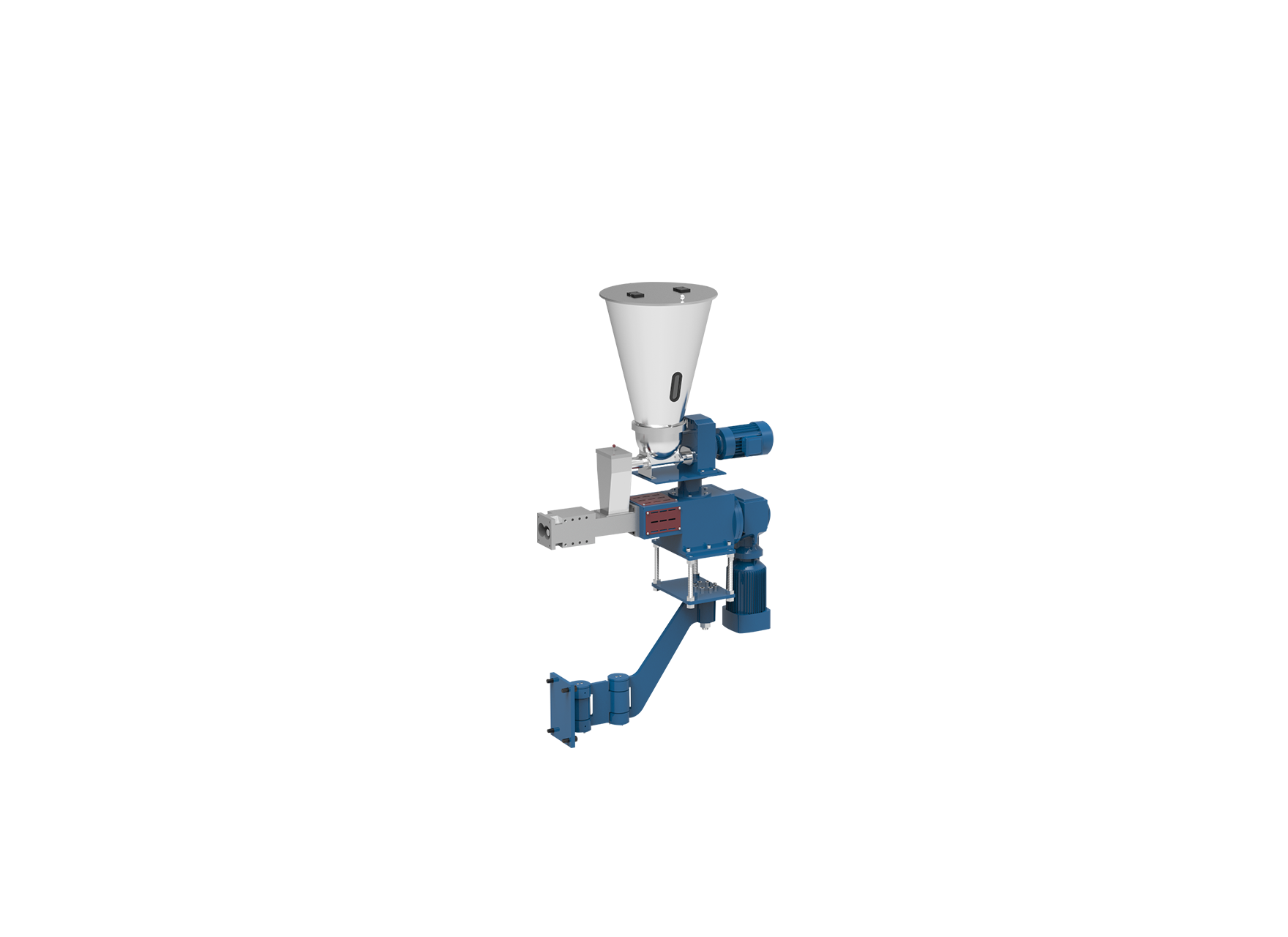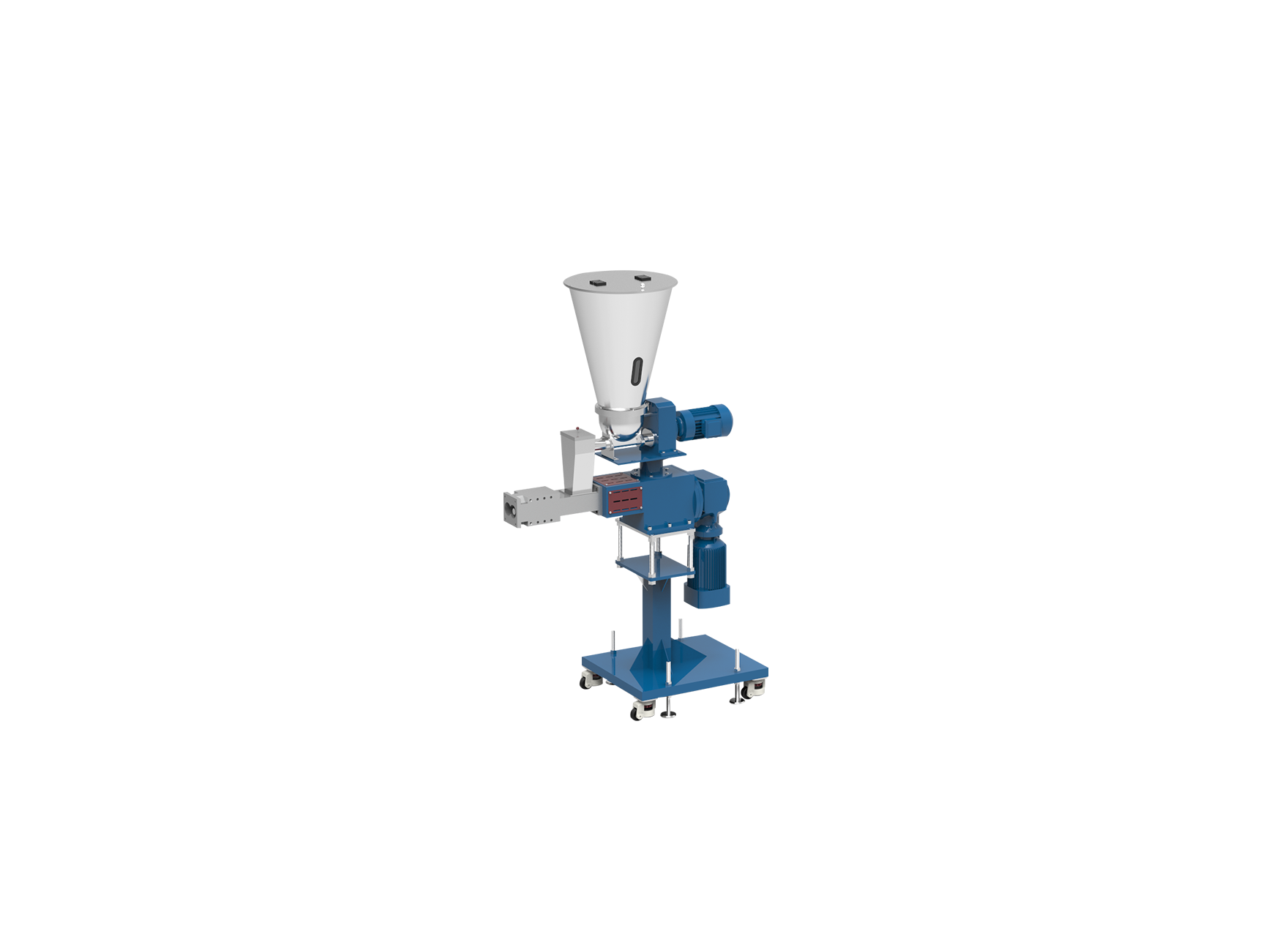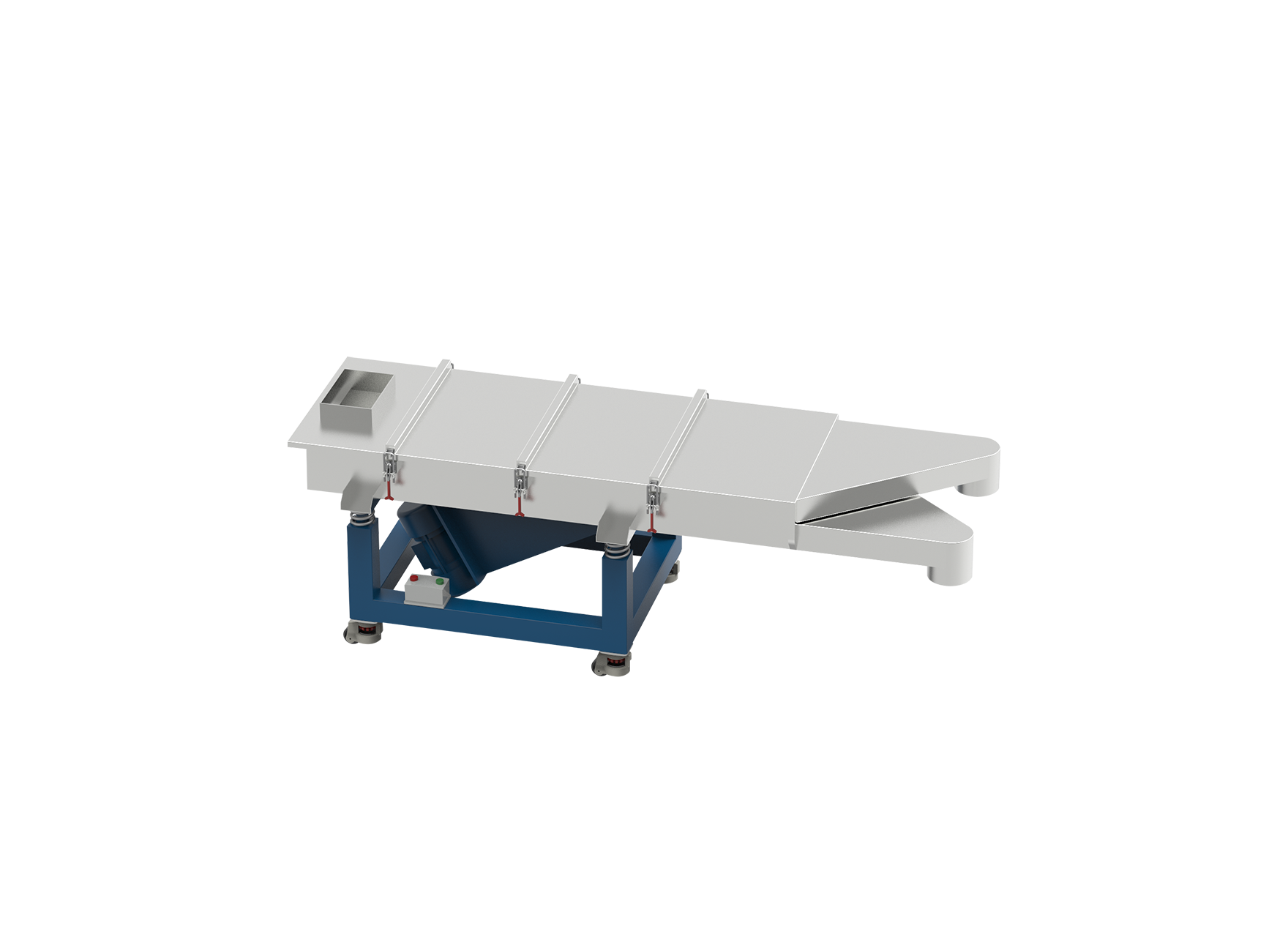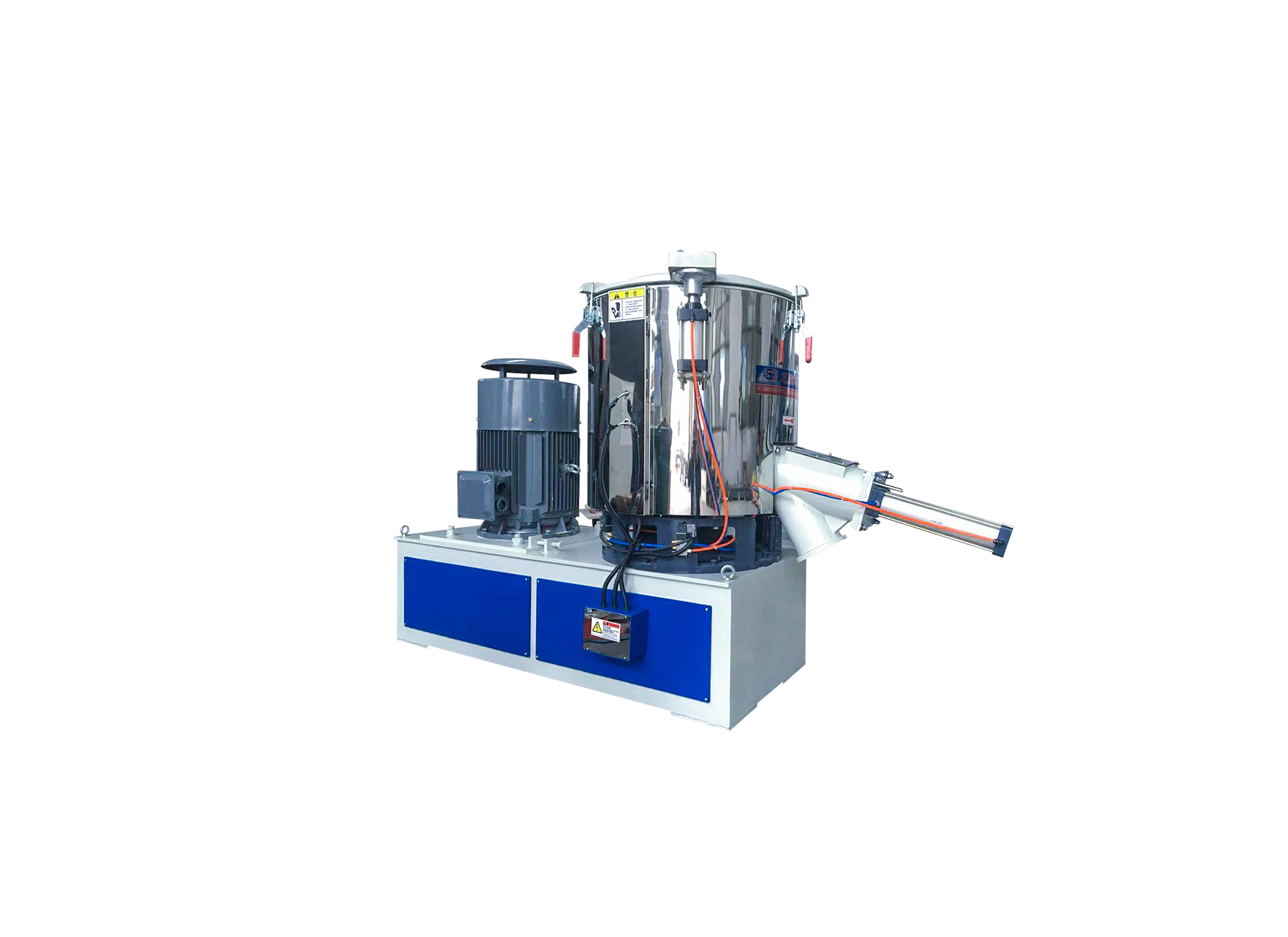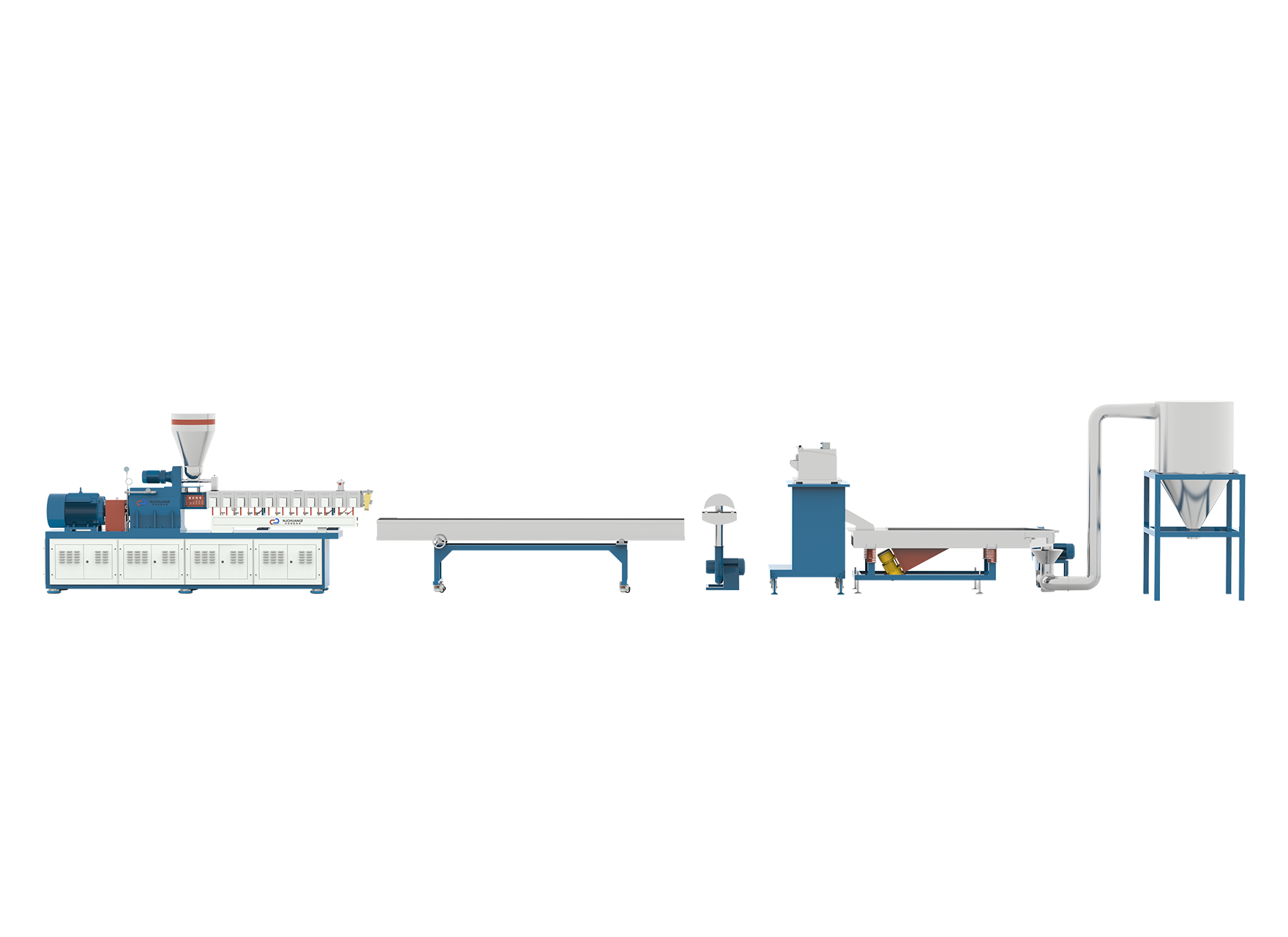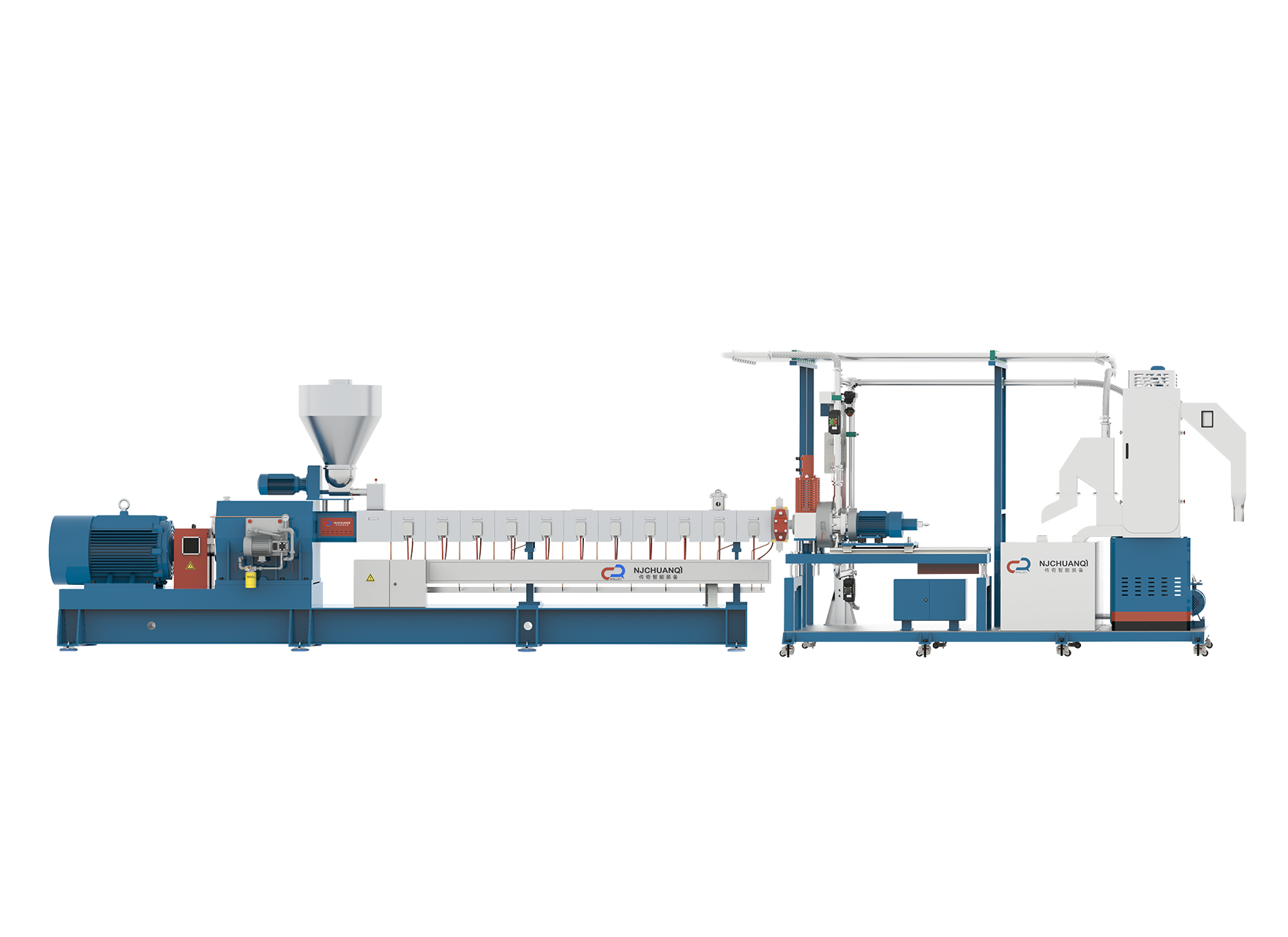High Quality Lab Extruder Machine Manufacturing Company
Lab extruder machines serve as indispensable tools in research and development environments, enabling precise material processing and experimentation. Central to their utility is the ease with which operators can navigate their operation and make adjustments as needed. In this article, we delve into the intricacies of operating and adjusting lab extruder machines, exploring features and considerations that contribute to their user-friendliness and versatility.
Before delving into the ease of operation and adjustment, it's essential to grasp the fundamental principles governing lab extruder machines. These devices utilize a combination of heat, pressure, and mechanical force to melt, mix, and shape materials into desired forms. Operators feed raw materials into the extruder, where they are heated and forced through a die to produce uniform products such as filaments, sheets, or pellets.
One of the key factors contributing to the ease of operation is the design of the machine's interface. A user-friendly interface features clear labeling, intuitive controls, and ergonomic layout, allowing operators to navigate functions effortlessly. Touchscreen displays, digital readouts, and graphical interfaces provide real-time feedback and facilitate precise adjustment of parameters such as temperature, speed, and pressure.
Lab extruder machines equipped with programmable settings offer good convenience and flexibility. Operators can save and recall predefined recipes or processing parameters, eliminating the need for manual adjustments between experiments. This feature streamlines workflow enhances reproducibility, and reduces human error, particularly in multi-step processes or complex formulations.
Efficient changeover between different materials or processing conditions is essential for improving productivity and versatility. Lab extruder machines with quick-changeover systems feature tool-less access to key components such as screws, barrels, and dies, facilitating rapid cleaning, maintenance, and adjustment. Modular design and standardized interfaces further simplify changeover procedures, reducing downtime and enhancing operational efficiency.
Real-time monitoring and control capabilities enable operators to oversee the extrusion process and make adjustments on the fly. Advanced sensors and feedback mechanisms continuously measure key parameters such as temperature, pressure, and torque, providing operators with actionable insights into process performance. Automated control systems can dynamically adjust operating parameters to maintain conditions and prevent deviations from target values.
Comprehensive user training and support resources play a crucial role in ensuring the ease of operation of lab extruder machines. Manufacturers should provide detailed user manuals, instructional videos, and hands-on training sessions to familiarize operators with machine functionality and safety protocols. Additionally, prompt technical support and troubleshooting assistance empower operators to address issues quickly and effectively, reducing disruptions to research activities.
The ability to customize machine settings and adapt to specific research requirements enhances the overall user experience. Lab extruder machines equipped with adjustable parameters such as screw geometry, die configurations, and processing profiles allow operators to tailor extrusion conditions to suit diverse materials and applications. This flexibility fosters innovation and experimentation, enabling researchers to explore new formulations and optimize process parameters with ease.
Feedback from operators and ongoing evaluation of user experiences are invaluable for driving continuous improvement in lab extruder machine design. Manufacturers should actively solicit feedback through surveys, focus groups, and user forums to identify pain points, usability issues, and feature requests. Incorporating user feedback into product development cycles ensures that future iterations of lab extruder machines are increasingly intuitive, efficient, and user-friendly.
Lab extruder machines are indispensable tools for researchers and engineers engaged in materials development, formulation, and processing. The ease with which operators can navigate machine operations and make adjustments directly impacts productivity, efficiency, and experimental outcomes. By prioritizing intuitive interface design, programmable settings, quick changeover systems, real-time monitoring, and control, user training and support, customization, and continuous improvement, manufacturers can empower operators to master precision and unlock the full potential of lab extruder machines in advancing scientific discovery and innovation.

 English
English 中文简体
中文简体 русский
русский عربى
عربى +86-189 1339 2785
+86-189 1339 2785
